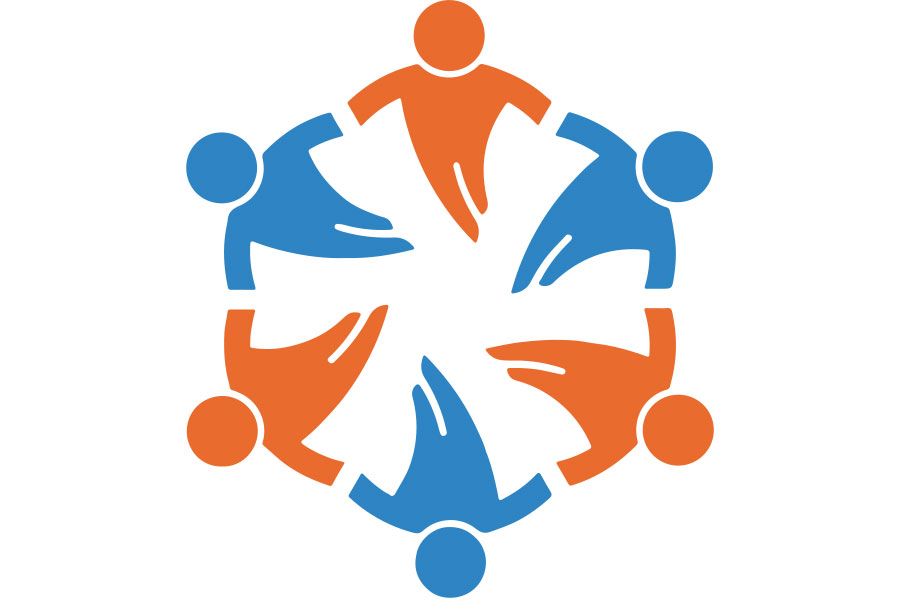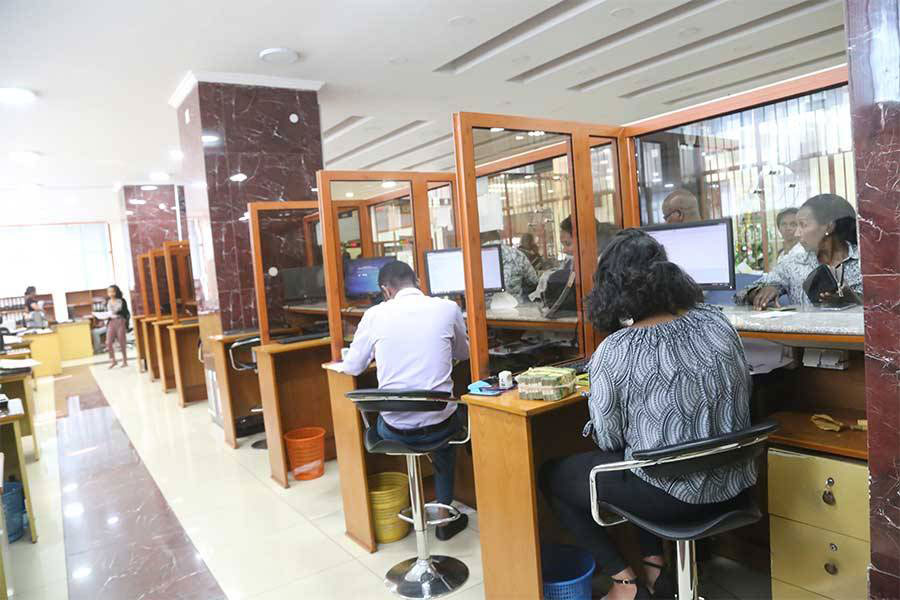
May 4 , 2019
By Charles J. Herrmann
Families of ET302 victims will face a barrage of challenges in the legal system, even if fault is proven, in getting the compensation they deserve, writes Charles J. Herrmann, attorney at law, Herrmann Law Group, a law firm that practices aviation, personal injury and insurance law.
Families of air crash victims are often victimised three times. First, when they lose their loved one in the crash. Greed and profit motives hurriedly drove those at fault to make terribly unnecessary mistakes that caused the accident.
Then they are victimised a second time when those responsible for the accident immediately pretend to be friends but actually seek to settle victims’ claims for as little as possible.
Finally, then come lawyers far too soon, uninvited, interfering with victims dealing with their grief. U.S. lawyers unethically ignore our law prohibiting direct solicitation of victims for the first 45 days following the accident. Some falsely promise huge sums of money in an unrealistic short time. Worse, a few do not have enough aviation experience to give correct advice.
Victims deserve the truth about the law, procedures and challenges they will face in the legal system to recover full compensation.
At this point in the investigation, there appears no obvious negligence on the part of Ethiopian Airlines for the Flight ET302 crash. However, it is premature to reach such a conclusion. We must await the final report of the investigation and review by experts before making that determination.
Further, all passenger cases against Ethiopian Airlines are governed by an international treaty commonly termed “Montreal 1999.” This treaty applies to only passenger cases against the airlines. It does not apply to anyone’s cases against Boeing or the US Federal Aviation Administration (FAA). Nor does it apply to crew cases against the airlines.
At the option of the passenger’s family, they may file cases against the airlines in the country where the company resides and maintains its principal place of business. It can also be filed in any country where the ticket was purchased, the last destination listed on the passenger’s ticket or the country in which the passenger resides.
For example, a victim who lives in Ethiopia, bought their ticket there for a roundtrip flight back to Ethiopia, can file only in Ethiopia. Victims living in a different country, who may have purchased their ticket in another country or their last destination was to another country can sue not only in Ethiopia but also in any of those other countries. Note that most victims will not be able to sue the airlines in the United States, only those where at least one of the above-stated criteria applies.
Crew cases against Ethiopian Airlines must also be brought in Ethiopia, which would be governed by Ethiopian law.
The Montreal 1999 convention obliges Ethiopian Airlines to pay each passenger’s family up to 113,000 Special Drawing Rights (SDR), a monetary unit based on several fluctuating currencies. As of May 1, 2019, 113,000 SDRs equals around 156,000 dollars. No proof of fault is required.
However, the amount of damages must still be proven. While it is obvious that all human lives are worth far more than this amount, there is no law that says as such. Damages must be proven to collect the full 156,000 dollars. Thus, while Ethiopian Airlines is not legally obligated to immediately pay this amount, it will eventually be. The morally correct thing to do for Ethiopian Airlines’ insurer is to pay this amount to all passenger victims as an advance without requiring a release.
Should the investigation ultimately reveal that the pilots did make some mistakes, then Ethiopian Airlines could be held liable for its share of each victim’s damages as weighed against the fault of Boeing, the FAA, and, or, other entities found to be at fault.
Without question, all victims have the right to sue Boeing and the FAA in the United States. Several federal statutes grant jurisdiction in such cases in the North American country.
Regardless of recent words carefully chosen by Boeing’s CEO, expressing its regret for the accident and promising to fix it, Boeing has not formally admitted legal liability for the crash. Its CEO just refused to accept any blame for these accidents, shifting blame to the pilots. Thus, Boeing’s fault - defective equipment, defective design, failure to warn of dangers and inadequate instruction – will all have to be proven.
Boeing will likely not concede fault until our case is proven. Knowing it will lose at trial, it may seek to avoid the negative publicity and choose not to fight liability. Thus, while technically not admitting liability, the trial will move on to determining the amount of compensation.
This is what Boeing did in the 2002 explosion of China Airlines flight CI611 over the Strait of Taiwan and, more recently, in the 2013 crash of Asiana Flight OZ214 in San Francisco. In both instances, we had to prove our case before Boeing agreed to not contest liability.
The case against the FAA is more tenuous. Being an arm of the US government, it enjoys limited immunity for actions involving discretionary duties. It is only when they are negligent in executing mandatory duties that they may be found liable. It is fair to say that aircraft certification involves both discretion and mandatory duties. The case against the FAA will be hotly contested. No lawyer can guarantee the result.
Furthermore, under the US Federal Tort Claims Act, victims cannot sue the federal body immediately. Administrative claims must be submitted to the FAA, which then has as much as six months to approve or deny claims. Assuming they deny or the six months expire, then victims are allowed to sue the FAA.
The real battle though will be fought over compensation - how much will each victim’s family receive. It is true that standards for compensation in the US are higher than anywhere else in the world - certainly far higher than in Ethiopia.
Accordingly, this question may prove to be the most critical. Will compensation be determined by U.S or Ethiopian standards?
Boeing will file a motion to send the cases back to Ethiopia or wherever the deceased resided for a determination of the amount of damages. There is a Latin term for such a motion - forum non conveniens. Essentially, this motion maintains that the courts in the native countries of the victims are more convenient, in a better position to accurately determine damages, and that the United States court should transfer the cases back to the victims’ country.
While fault will be proven, the real battle will be fought over the amount of compensation each family will receive. This is where we will see the difference in lawyers.
Victims thus need to hire United States-based lawyers who have a proven track record of success in representing victims in aviation disasters, especially victims from other cultures. Someone they can trust and with whom they feel comfortable.
PUBLISHED ON
May 04,2019 [ VOL
20 , NO
992]


Fortune News | Feb 04,2023

Exclusive Interviews | Jan 07,2023

Sunday with Eden | Oct 05,2019

View From Arada | Dec 17,2022

Life Matters | Aug 29,2020

Sunday with Eden | Feb 04,2023

Commentaries | Oct 30,2021

Commentaries | Apr 06,2024

Sunday with Eden | Apr 25,2020

Fortune News | Nov 27,2021

My Opinion | 131673 Views | Aug 14,2021

My Opinion | 128039 Views | Aug 21,2021

My Opinion | 126001 Views | Sep 10,2021

My Opinion | 123622 Views | Aug 07,2021

Dec 22 , 2024 . By TIZITA SHEWAFERAW
Charged with transforming colossal state-owned enterprises into modern and competitiv...

Aug 18 , 2024 . By AKSAH ITALO
Although predictable Yonas Zerihun's job in the ride-hailing service is not immune to...

Jul 28 , 2024 . By TIZITA SHEWAFERAW
Unhabitual, perhaps too many, Samuel Gebreyohannes, 38, used to occasionally enjoy a couple of beers at breakfast. However, he recently swit...

Jul 13 , 2024 . By AKSAH ITALO
Investors who rely on tractors, trucks, and field vehicles for commuting, transporting commodities, and f...

Jun 28 , 2025
Meseret Damtie, the assertive auditor general, has never been shy about naming names...

Jun 21 , 2025
A well-worn adage says, “Budget is not destiny, but it is direction.” Examining t...

Jun 14 , 2025
Yet again, the Horn of Africa is bracing for trouble. A region already frayed by wars...

Jun 7 , 2025
Few promises shine brighter in Addis Abeba than the pledge of a roof for every family...

Jun 29 , 2025
Addis Abeba's first rains have coincided with a sweeping rise in private school tuition, prompting the city's education...

Jun 29 , 2025 . By BEZAWIT HULUAGER
Central Bank Governor Mamo Mihretu claimed a bold reconfiguration of monetary policy...

Jun 29 , 2025 . By BEZAWIT HULUAGER
The federal government is betting on a sweeping overhaul of the driver licensing regi...

Jun 29 , 2025 . By NAHOM AYELE
Gadaa Bank has listed 1.2 million shares on the Ethiopian Securities Exchange (ESX),...